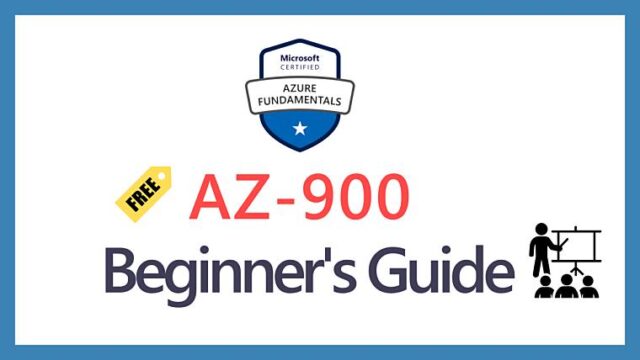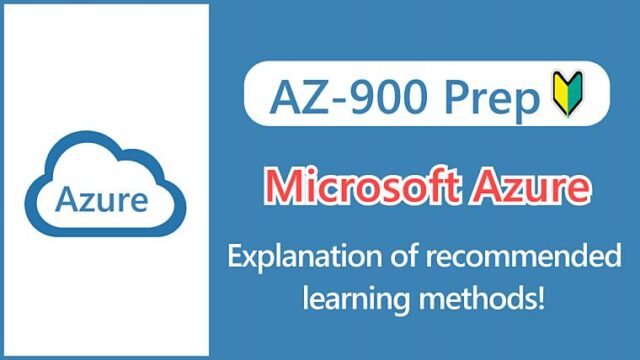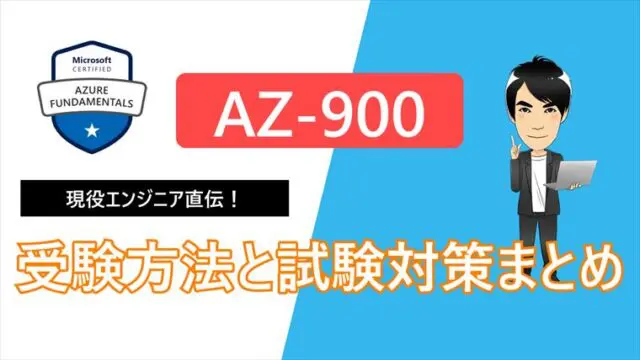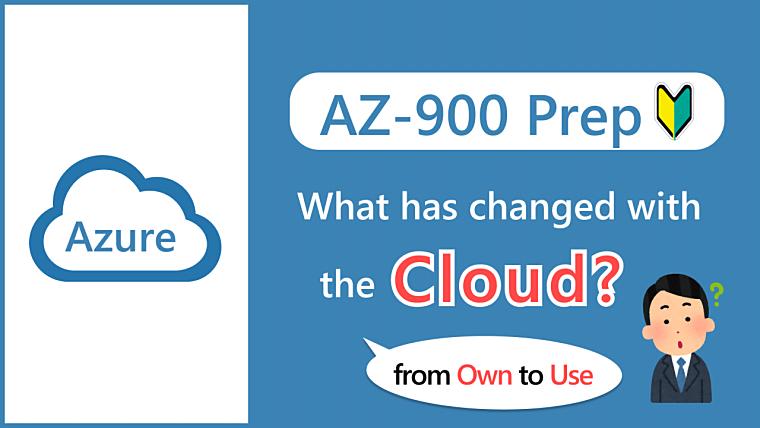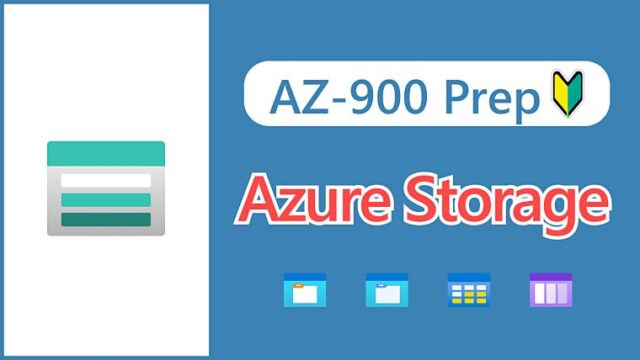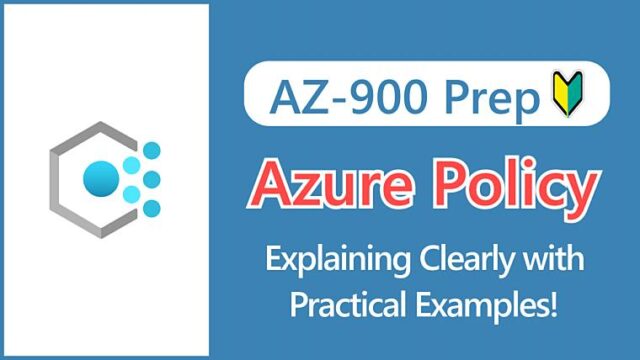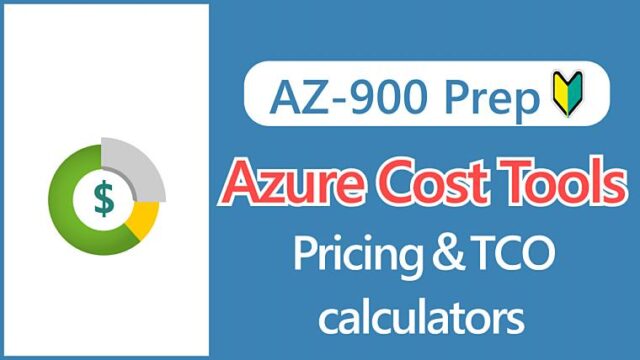Hi, I’m Makoto, a freelance engineer.
When you start learning about cloud computing, such as Azure and AWS, the first thing you’ll come across is an explanation of what cloud computing is. You’ll often hear the term “cloud” used, but
“Cloud computing is a type of service delivered over the Internet.”
Have you ever read an abstract explanation like that and wondered what it was all about?
In the AZ-900 exam, you will be asked about the characteristics of the cloud and the benefits of using it. In the context of these features and benefits, explanations are often given from the perspective of “this is different from the past, it has changed”.
So in this article, we have tried to summarize how the way we use things has changed before and after the advent of the cloud, using familiar services as examples.
Previous Data Centers
When companies provide a service or build internal systems to improve operational efficiency, they procure the computers known as “servers” themselves and install them in “data centers” with strict access controls and security measures.
*In some cases, servers are installed in the company’s own server room, but for the purposes of this article, we will assume that they are located in a data center.
Of course, there is a usage fee for housing servers in a data center. The details of the usage fee will vary depending on the service provider, but it is similar to paying for space and electricity to store your company’s own hardware.
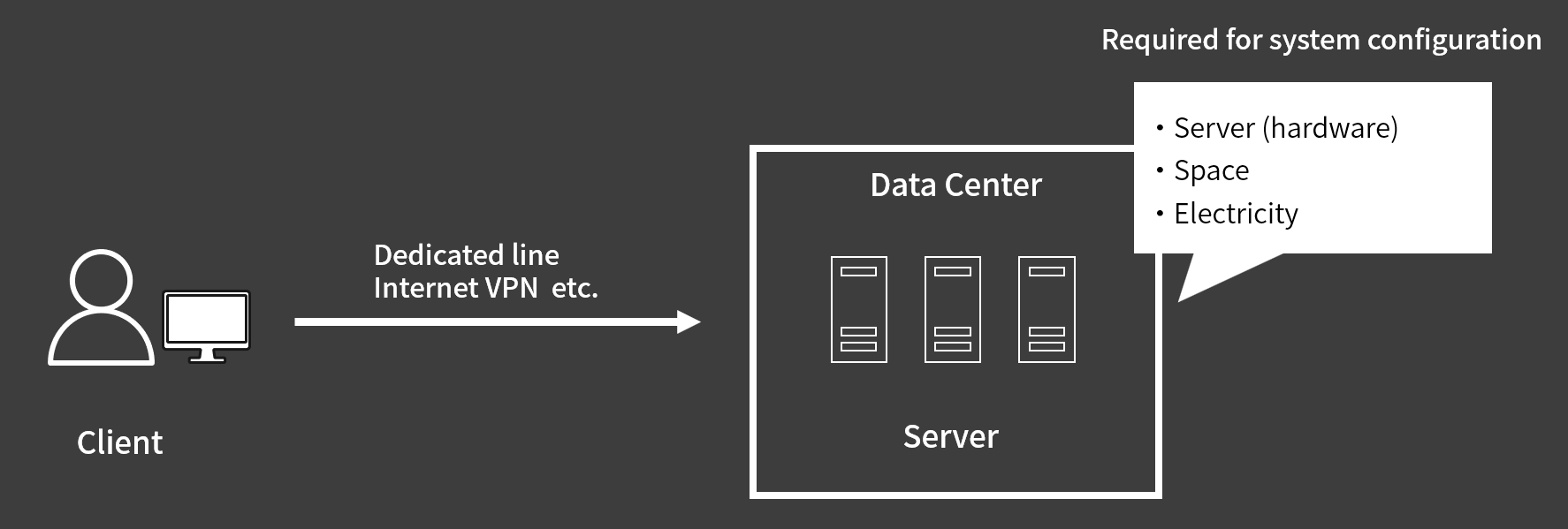
Until now, it has been common for companies to procure and own their own servers, but install them in a data center and pay a usage fee from a security perspective.
From Ownership to Use
The advent of the cloud is changing the way we think about “owning things” to “using things as a service.
The giant IT companies that provide cloud services, such as Microsoft, Amazon, and Google, are using their capital strength to install large numbers of servers in their own data centers and provide these computing resources in the form of “services” .
Users no longer need to procure (own) their own servers or rent space; by signing a contract with a cloud provider, they can now rent servers at any time and easily dispose of them when they are no longer needed.

This is called a “subscription” type of contract and payment method.
Azure also uses the term “subscription” as a contractual unit.
In addition, with the advent of the cloud, the term “on-premises” is used to refer to the “owning of things” server environment. On-premises means “on the premises” and is often used as a contrast to the cloud.
Key Points:
Subscription
This term is used in Azure to refer to the unit of a contract.
On-Premise
This refers to a server environment that is owned by the organization. It is often used in contrast to the cloud.
Examples of the Shift from Ownership to Use
Not just in IT, but in our everyday lives, there are many subscription-based services.
For example, we rarely buy CDs to listen to music anymore, and with monthly subscription services like Apple Music and Spotify, you can listen to as much music as you want.
Recently, there have also been services that allow you to use a particular restaurant as a dining subscription, with all-you-can-drink and all-you-can-eat for a fixed monthly fee. It’s not like you don’t need a refrigerator anymore, but it’s a unique idea.
I think the most obvious service that represents the shift from ownership to use outside of IT is car sharing. You can rent a car whenever you want without owning the hardware, and there are no location or energy costs, which is easy to compare to servers.
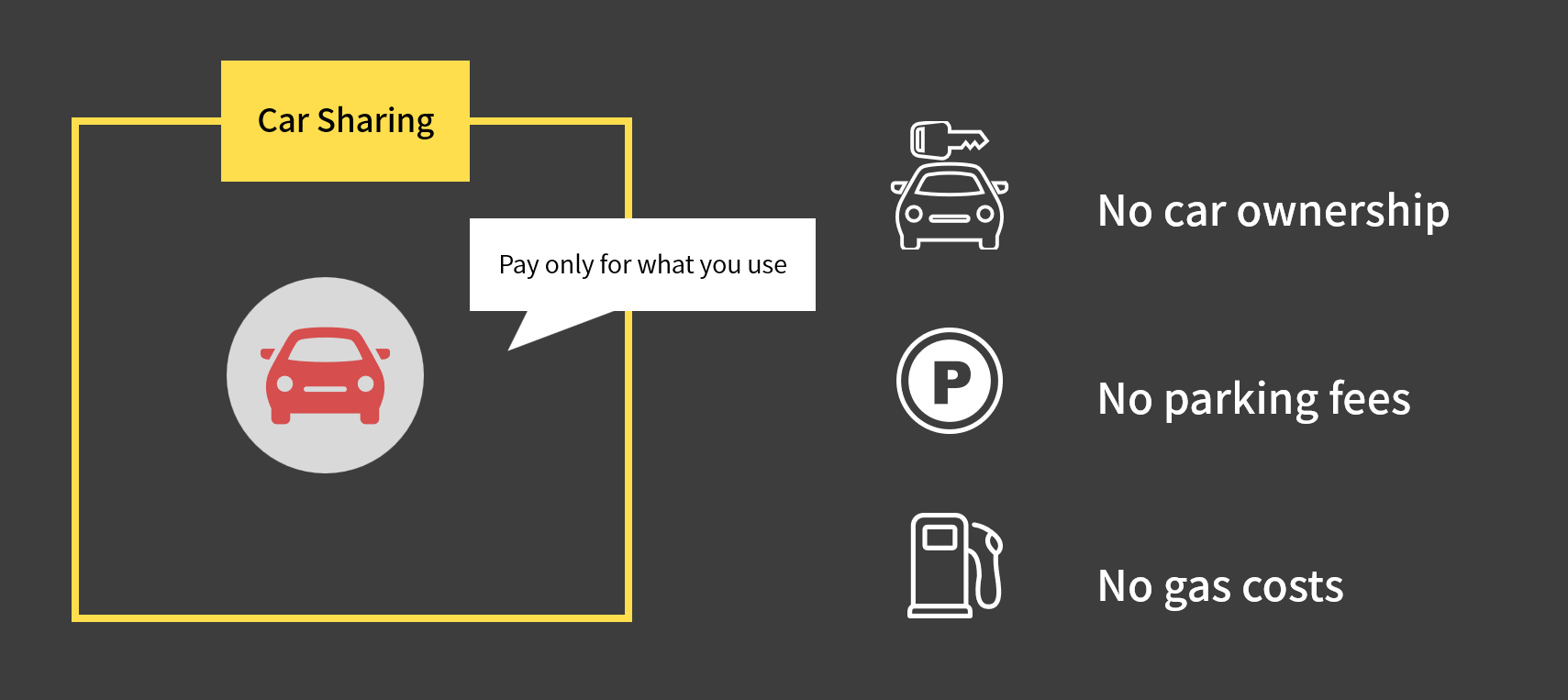
Summary
In this article, we’ll try to sort out how the way we use things has changed before and after the advent of cloud computing, using familiar services as examples.
After reading about how the way we use things has changed from owning to using, it will be easier to understand the benefits of the cloud. To learn more about the benefits of the cloud, read this article.

- With the advent of the cloud, there is no longer a need to own a server
- With the cloud, computing resources are consumed as a service
- The traditional company-owned server environment is called “on-premises”
- If you compare the cloud to something familiar, it’s like “car sharing”

